
When it comes to excavation, efficiency isn’t just about the machine — it’s also about the attachment doing the real groundwork. The Excavator Soil Bucket plays a crucial role in determining productivity, fuel efficiency, and overall job performance. Whether used for digging, grading, or moving loose soil, the durability and strength of a soil bucket directly impact its lifespan and value.
So, what exactly makes a good Excavator Soil Bucket last longer? The answer lies in the quality of materials, build precision, and thoughtful design engineering. Let’s explore the key factors that determine strength and longevity.
The foundation of any durable soil bucket starts with the type and grade of steel used. A high-quality Excavator Soil Bucket is typically made from wear-resistant and high-tensile steel such as Hardox, Domex, or equivalent materials.
These steels are engineered to withstand the constant stress of digging, abrasion, and impact from rocks or compacted soil. The right steel composition ensures:
Resistance to wear and tear, especially along the cutting edge and side plates.
High yield strength, allowing the bucket to handle heavy loads without deforming.
Corrosion resistance, protecting the bucket from rust and moisture damage over time.
The choice of material isn’t just about strength—it’s about maintaining performance consistency through thousands of work hours.
Certain parts of the soil bucket, such as the cutting edge, side cutters, and heel plates, experience more impact and friction than others. To increase the lifespan of the Excavator Soil Bucket, manufacturers reinforce these zones with additional wear strips, gussets, or liners.
These reinforcements act as protective armor that absorbs stress and distributes force evenly, reducing the risk of cracks or metal fatigue.
Buckets designed with double bottom plates or reinforced corner gussets are particularly well-suited for tough terrains, where soil often contains gravel, stones, or debris that cause accelerated wear.
Even the strongest steel won’t perform well if the welding is poor. Welding quality is a major factor that determines how long a soil bucket will last.
Buckets fabricated using robotic welding or multi-pass weld techniques ensure consistent fusion between joints, eliminating weak spots that might fail under load.
Additionally, precise alignment of bucket teeth, edges, and side plates enhances the bucket’s digging efficiency while reducing uneven wear.
A good rule of thumb: look for smooth, uniform welds and clean fabrication — these are telltale signs of a bucket built to endure.
Durability doesn’t mean being indestructible; it means being maintainable. A smartly designed Excavator Soil Bucket comes with replaceable wear parts such as:
Bolt-on cutting edges
Side cutters
Wear shrouds
Bucket teeth and adapters
These replaceable parts allow operators to renew high-wear sections without replacing the entire bucket, significantly extending its service life and reducing operating costs.
Durability isn’t just about thickness — it’s also about design geometry. An effective Excavator Soil Bucket is engineered for smooth material flow, preventing soil from sticking or causing uneven pressure distribution.
Buckets with an optimized curvature and well-angled side walls ensure better fill and faster emptying, improving efficiency while minimizing stress on structural components.
Design factors like the bucket’s width, shape, and capacity also influence durability. An oversized bucket can strain the excavator’s arm and linkage, while a smaller one might lead to overworking the machine — both of which reduce lifespan over time.
Even the most robust soil bucket can fail prematurely if it’s not used or maintained correctly. Regular inspections for cracks, loose bolts, or worn edges are crucial. Applying protective coatings, storing the bucket in dry conditions, and ensuring proper greasing of linkage pins all contribute to extending its life.
Operator behavior also matters — avoiding sudden impacts, overloading, or using the bucket for unintended purposes (like prying large rocks) helps prevent structural fatigue.
Finally, choosing the right manufacturer makes a world of difference. Trusted brands that specialize in Excavator Soil Buckets invest heavily in material testing, stress simulations, and quality control.
These manufacturers ensure every bucket is tested under real-world conditions before delivery, guaranteeing reliability and performance consistency.
A good Excavator Soil Bucket is more than just a metal attachment — it’s a carefully engineered tool designed to handle intense workloads, resist abrasion, and deliver lasting value. From the choice of steel and reinforcement design to replaceable parts and proper maintenance, every factor contributes to longevity.
When you invest in a soil bucket built for strength and durability, you’re not just buying equipment — you’re ensuring consistent performance, reduced downtime, and maximum return on investment for years to come.
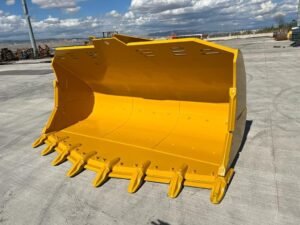
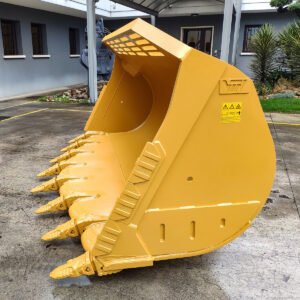
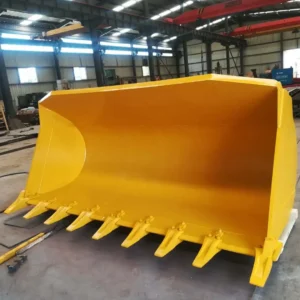
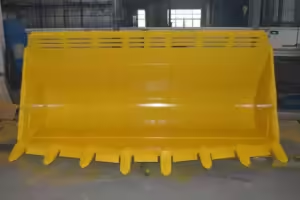
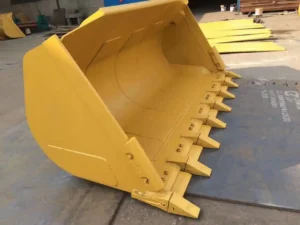
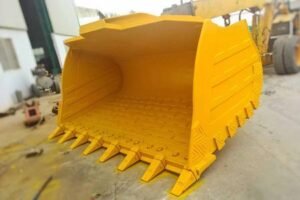
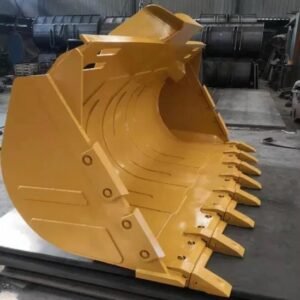
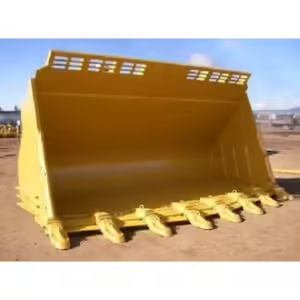
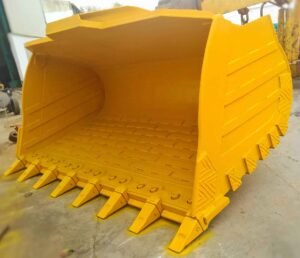
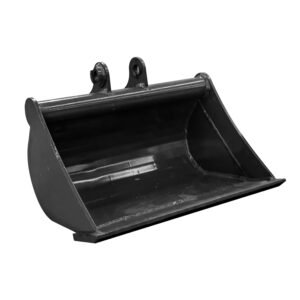
TEAM. All Rights Reserved. Developed by Pixel Tech.